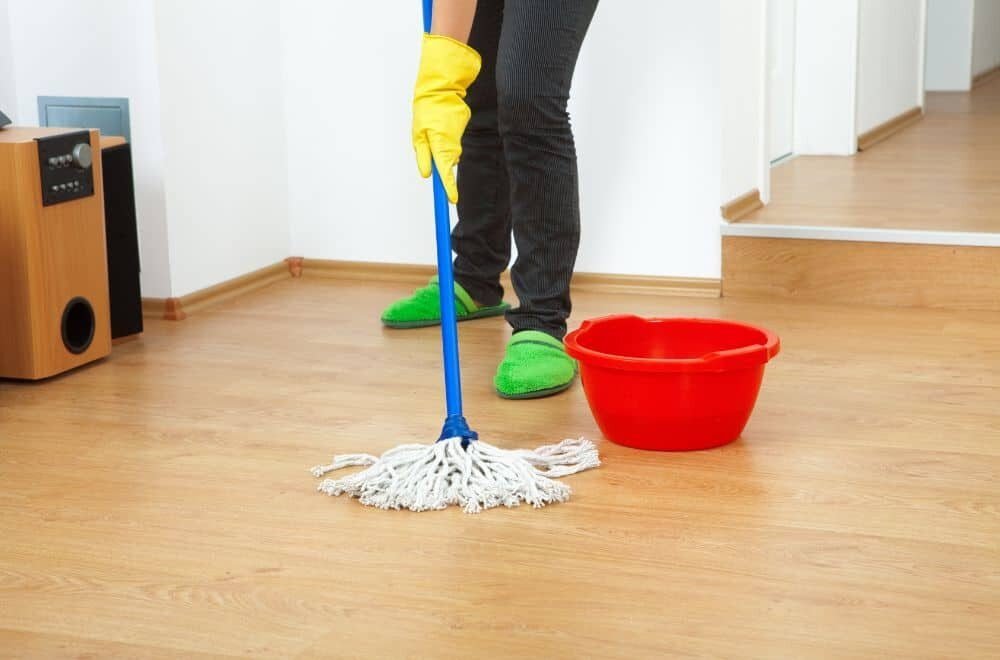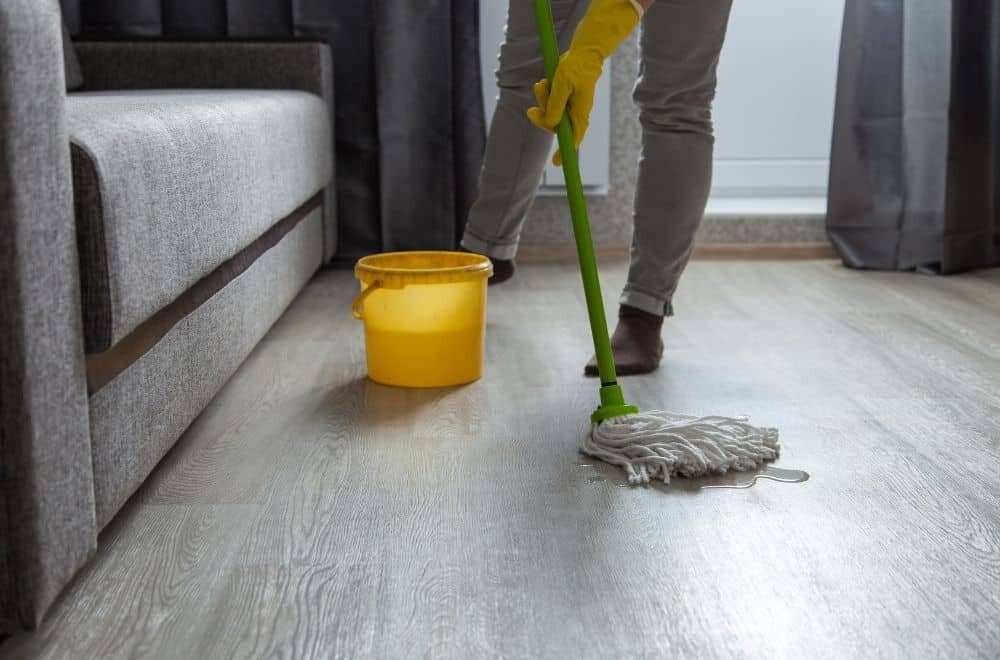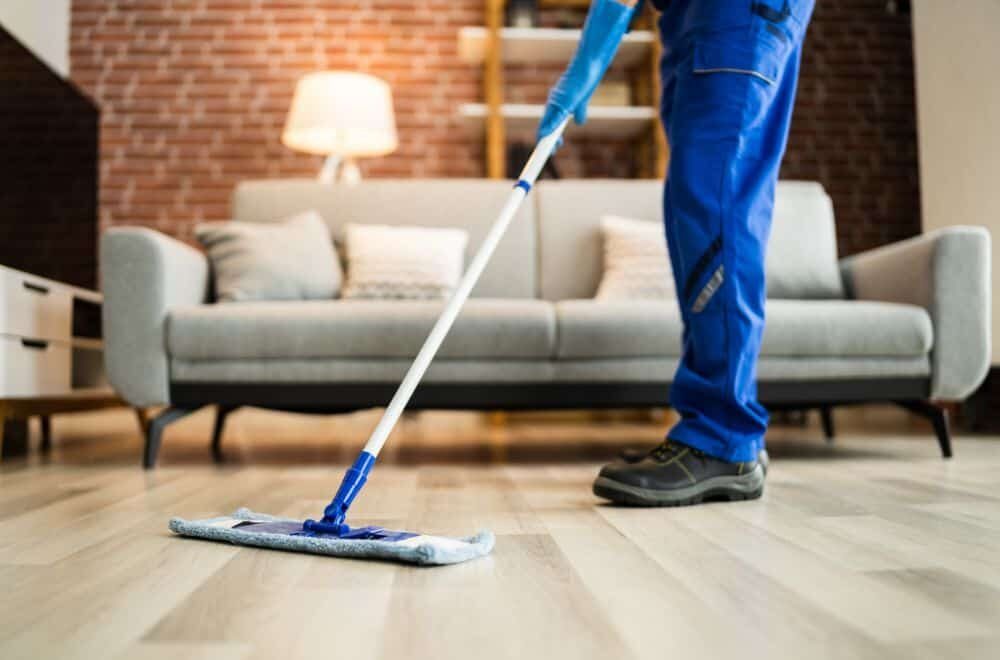Looking to improve your martial arts skills but don’t want to break the bank? One way to do so is by making your own wooden dummy. Wooden dummies, also known as Wing Chun dummies, are used in martial arts training to improve technique, timing, and precision. While they can be expensive to purchase, making your own can be a cost-effective solution.
To make an inexpensive wooden dummy, you’ll need some basic woodworking skills and tools. There are several different designs and materials you can use, but many DIY enthusiasts opt for a flat board design using plywood and PVC pipe. This design is easy to make and can be customized to fit your specific needs.
In this article, we’ll provide step-by-step instructions for making your own wooden dummy, including a list of necessary materials and tools. Whether you’re a seasoned martial artist or a beginner looking to improve your skills, making your own wooden dummy is a fun and rewarding project that can help you achieve your goals without breaking the bank.
Why Choose a Wooden Dummy
If you’re looking to improve your martial arts skills, a wooden dummy can be an invaluable tool. Here are a few reasons why you might want to consider building one for yourself.
Cost-Effective
One of the biggest advantages of building a wooden dummy is that it can be a cost-effective solution for your training needs. Compared to other training equipment, such as punching bags or grappling dummies, wooden dummies can be relatively cheap to build. With some basic woodworking skills and a few materials, you can create a wooden dummy that will last for years.
Easy to Build
Another advantage of building a wooden dummy is that it’s relatively easy to do. While you will need some basic woodworking skills, you don’t need to be an expert to create a functional wooden dummy. There are plenty of plans and tutorials available online that can guide you through the process step-by-step. Plus, because you’re building the dummy yourself, you can customize it to fit your specific training needs.
Overall, if you’re looking for a cost-effective and easy-to-build solution for your martial arts training, a wooden dummy is definitely worth considering. With a little bit of effort and some basic woodworking skills, you can create a training tool that will help you improve your skills and reach your goals.
Materials Needed
If you’re looking to build an inexpensive wooden dummy, you’ll need a few key materials. Here’s a breakdown of what you’ll need:
Type of Wood
The type of wood you choose will depend on your budget and personal preferences. Some popular options include:
- Pine: A softwood that is affordable and easy to work with.
- Poplar: A hardwood that is slightly more expensive than pine but is more durable and resistant to wear and tear.
- Oak: A hardwood that is the most expensive option but is extremely durable and long-lasting.
Regardless of the type of wood you choose, make sure it is straight and free of knots and cracks.
Tools Required
To build a wooden dummy, you’ll need a few basic tools:
- Saw: You’ll need a saw to cut the wood to size.
- Drill: A drill will be necessary to make holes for the arms and legs.
- Chisel: A chisel will be used to carve out the arms and legs.
- Sandpaper: You’ll need sandpaper to smooth out any rough edges.
- Measuring tape: To ensure accurate measurements.
In addition to these basic tools, you may also want to consider using clamps to hold the wood in place while you work, as well as a square to ensure your cuts are straight and precise.
With these materials and tools, you’ll be well on your way to building your own wooden dummy.
Designing Your Dummy
When designing your wooden dummy, there are two main things to consider: dimensions and style.
Dimensions
The dimensions of your wooden dummy will depend on your height and reach. Generally, the dummy should be about the same height as you and the arms should be at the same level as your chest. The following table provides some general guidelines for dimensions based on height:
| Height | Dummy Height | Arm Length |
|---|---|---|
| 5’0″ – 5’6″ | 60″ | 12″ |
| 5’7″ – 6’0″ | 64″ | 13″ |
| 6’1″ – 6’6″ | 68″ | 14″ |
Of course, these are just general guidelines and you may need to adjust the dimensions to fit your specific body type.
Style
There are many different styles of wooden dummies, but the most common is the Wing Chun dummy. This style features three arms and a leg for practicing kicks, as well as a central post for practicing strikes. However, you can also design your dummy to fit your specific needs.
When designing the style of your dummy, consider the following:
- How many arms and legs do you want?
- What angles should the arms and legs be at?
- How thick should the arms and legs be?
Ultimately, the style of your dummy will depend on your specific training needs and preferences.
By considering both the dimensions and style of your wooden dummy, you can create a training tool that is tailored to your individual needs.
Building Steps
Building an inexpensive wooden dummy is a great way to practice your Wing Chun skills without breaking the bank. Here are the steps you need to follow to build your own dummy:
Cutting the Wood
The first step is to cut the wood into the right sizes. You will need two 6-foot long 4x4s, one 3-foot long 2×4, and one 2-foot long 2×4. Cut one of the 6-foot 4x4s into four 18-inch pieces, and cut the other 6-foot 4×4 into two 24-inch pieces and two 30-inch pieces. Cut the 3-foot 2×4 into two 18-inch pieces, and cut the 2-foot 2×4 into two 12-inch pieces.
Assembling the Parts
Once you have all the pieces cut, it’s time to assemble them. Start by attaching the two 24-inch pieces to one of the 30-inch pieces to form a T-shape. Then, attach the two 18-inch pieces to the other end of the 30-inch piece to form a cross-shape. Next, attach the four 18-inch pieces to the cross-shaped frame, two on each side, to form the arms and legs of the dummy.
Attach the two 12-inch pieces to the bottom of the dummy to form the feet. Then, attach the two 18-inch pieces to the top of the dummy to form the arms. Finally, attach the two 18-inch pieces to the sides of the dummy to form the body.
Finishing Touches
Once the dummy is assembled, it’s time to add some finishing touches. Sand all the rough edges and corners to make sure the dummy is smooth and safe to use. You can also add padding to the arms and legs to make them more comfortable to hit.
You can also add some weight to the bottom of the dummy to make it more stable. You can use sandbags or concrete blocks for this. Finally, you can paint the dummy to give it a more finished look.
That’s it! Follow these steps, and you’ll have your very own inexpensive wooden dummy to practice your Wing Chun skills on.
Maintaining Your Dummy
Maintaining your wooden dummy is crucial to ensure it lasts a long time and continues to be a valuable training tool. In this section, we will discuss how to clean your dummy and how to repair and replace parts that may become damaged over time.
Cleaning
Cleaning your wooden dummy is a simple process that should be done regularly to keep it in good condition. Here are the steps to follow:
- Use a soft cloth or brush to remove any dust or debris from the surface of the dummy.
- Mix a solution of mild soap and warm water in a bucket.
- Dip a clean cloth into the solution and wring out any excess water.
- Wipe down the surface of the dummy with the damp cloth, making sure to get into all the crevices and corners.
- Use a dry cloth to remove any excess water and allow the dummy to air dry completely before using it again.
Repair and Replacement
Even with proper maintenance, parts of your wooden dummy may become damaged over time. Here are some common issues and how to address them:
Loose Arms or Legs
If the arms or legs of your dummy become loose, you can fix them by tightening the screws that hold them in place. Use a screwdriver to tighten the screws until they are snug.
Cracks or Splits
If you notice any cracks or splits in the wood, you should address them immediately to prevent further damage. Use a wood filler to fill in the crack or split and sand it down until it is smooth. You can also apply a wood sealer to protect the repaired area.
Broken Arms or Legs
If an arm or leg of your dummy becomes broken, you may need to replace it. You can purchase replacement arms and legs online or from a martial arts supply store. Remove the damaged arm or leg and replace it with the new one, making sure to tighten the screws securely.
By following these simple steps, you can keep your wooden dummy in great condition and continue to use it as a valuable training tool.


